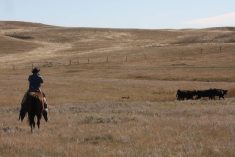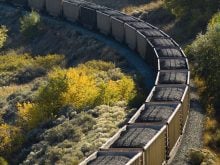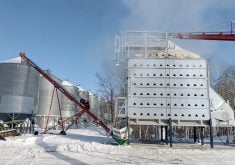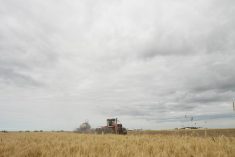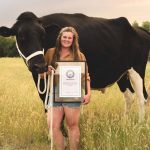How do you prove the “we all know” things about farming?
Sometimes it’s exceptionally difficult to prove what most people can see with their own eyes. You might believe you know the reality you want to describe, but how do you demonstrate that you’re right?
This is a problem tackled by agricultural economists Katherine Lacy, Peter F. Orazem and Skylar Schneekloth in their research paper, Measuring the American Farm Size Distribution, which was published in the American Journal of Agricultural Economics on May 9.
Read Also
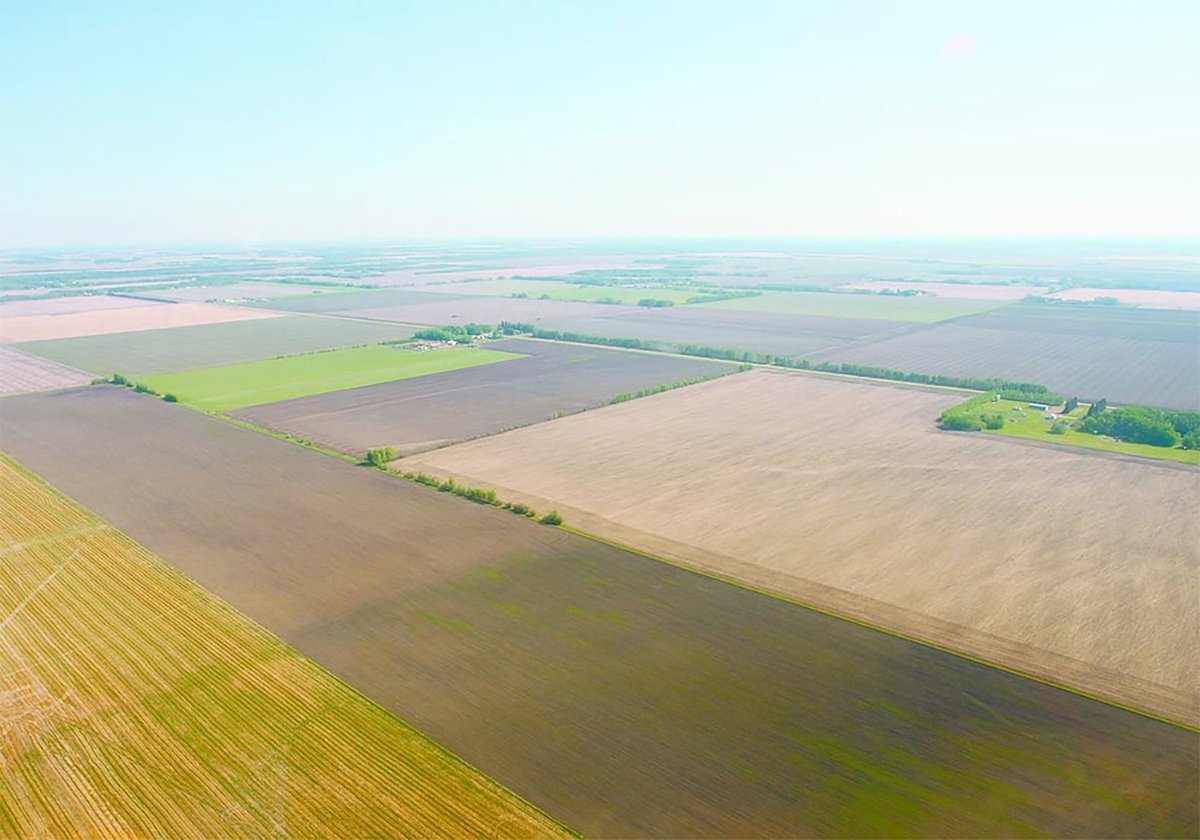
Saskatchewan amends farm land ownership regulations
The Canada Pension Plan Investment Board can no longer own Saskatchewan farmland.
The economists have developed a new way to measure and track the size and nature of American farms, which they believe finally and accurately reveals the increasing size and specialization of U.S. farms.
You might think there would be little debate about the reality that farms are getting bigger and becoming more tightly focused on the crops they grow, but it has been difficult to prove it is actually happening. Some U.S. statistics have suggested that U.S. average farm sizes haven’t changed much in decades. That might seem a little out there to farmers who have observed a starkly different reality.
Some economists have reacted to this by designing measures that cut the “noise” from the statistics. They have devised ways to expurgate very small and non-commercial farms from the stats. When that is done, the data can show that commercial farms are steadily expanding and progressively becoming more focused on core commodities.
However, other economists have noted this sort of exercise is rife with risk because small high-value farm production can be eliminated from the data, and it’s never a great idea to design measures that are going to reveal what you expect to find. That isn’t exactly scientific.
Lacy, Orazem and Schneekloth believe they have found a way to fairly analyze data from all farms and yet reveal the phenomena that anybody deeply involved in agriculture, including all farmers with full-time operations, readily perceive. They call their new measure the share weighted size index.
“Unlike average farm size, the share weighted size index reveals consistent evidence of rising farm size, the importance of returns to scale for most commodities, and the rising importance of specialization on a small number of crops within farms,” write the economists.
Their new measure also allows for a fresh consideration of long-lasting ag economics debates, such as the impact of off-farm wages on farm evolution.
Everyone likely has a view about the impact of off-farm wages on other farmers they know, on their communities, and on their own farms. But what’s the overall impact across the U.S. farm economy?
That’s been a debatable question for decades. Some believe off-farm wages allow small farms to remain small and survive, while others argue that off-farm wages allow small farms to expand and grow.
That’s a pretty big question to leave hanging, but that’s the way it’s been without a definitive way to prove it, one way or the other.
Lacy, Orazem and Schneekloth think they’ve cracked this nut too, with a new measure allowing them to peer into farms in different situations and of different sizes.
“Contrary to past studies that argued rising off-farm wages increase farm size, we find evidence that proximity to off-farm opportunities results in smaller farms,” they conclude.
Most farmers won’t be surprised by that observation. Everybody knows people who have small farms but get most of their income from jobs in town, in the oil patch, driving truck or doing other things while living on the farm. Some are trying to build their acreage to a self-sufficient size, while others are gradually reducing acres as they slowly retire from full-time farming.
Many others just want to have a part-time farm that is part of their lives but doesn’t consume their entire working hours.
If forced to choose between farming or the off-farm job, many of those with small farms would be pushed out of farming because they don’t have enough acres to provide a family income. These are the people who show up in the stats and complicate the analysis.
There’s an interesting history behind the development of farm size measures included in the Lacy, Orazem and Schneekloth paper, which I’m not going to attempt to summarize. If you’re interested, check out the website of the American Journal of Agricultural Economics.
I’m also not going to take a shot at explaining how they designed their share weighted size index. There are far too many Greek letters, and other symbols that look suspiciously like algebra, for me to wade into those waters. That’s worth checking out if you’re into mathy stuff.
What I find admirable here is the economists’ attempt to accurately reveal a reality we can see but have trouble winkling out. There’s much in life we assume and presume that would be better for us to know, but we can’t figure out how.
If this measure is valid, there’s a little less mystery and a little more knowledge in the farm size debate. The conclusions might not shock many farmers, but perhaps it will give us one less thing to argue about, and a bit more understanding of the farming world we live in.






